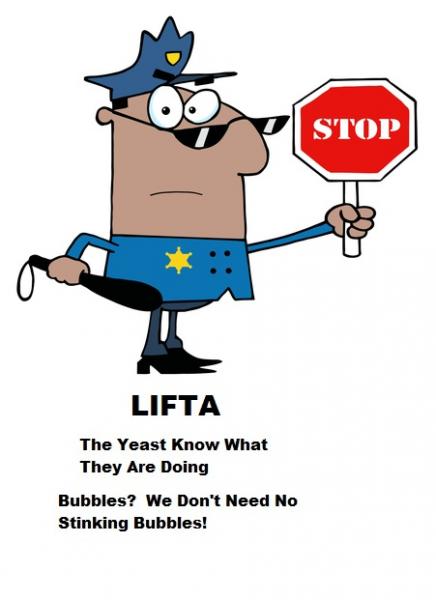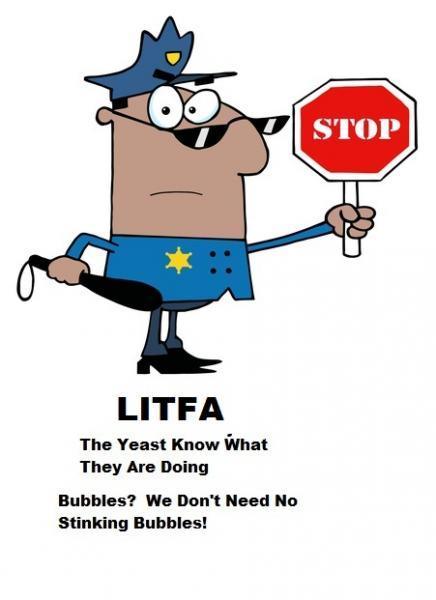Hello all, this is my first post. OK. Bought an American Amber from Brewer's Best and I gave it a shot this past Saturday. Followed the instructions to the tee and think I did everything right. Put the cooled Wort into the Primary Fermenter, and that night it started bubbling out of the vapor lock, so I'm thinking all is cool.
Then about another day went by and then stopped bubbling. I thought it was supposed to do that for a week or so??
Anyway, this morning I opened the fermenter and decided to add about a gallon of fresh water, check the temp and stir it up vigorously. I live in South Florida, so even my garage is 78 degrees as is the tap water. I took a hydrometer reading and it was at 1.10. Unfortunately, we didn't take a reading on the first day, so not sure what's up.
So, is it uncommon for the bubbling to stop in two days? Is it ok to add water, and stir like I did? I was going to leave in the primary fermenter for the rest of this week, then transfer to a secondary ferementer this weekend.
Any thoughts?
Thanks to all.
John
Then about another day went by and then stopped bubbling. I thought it was supposed to do that for a week or so??
Anyway, this morning I opened the fermenter and decided to add about a gallon of fresh water, check the temp and stir it up vigorously. I live in South Florida, so even my garage is 78 degrees as is the tap water. I took a hydrometer reading and it was at 1.10. Unfortunately, we didn't take a reading on the first day, so not sure what's up.
So, is it uncommon for the bubbling to stop in two days? Is it ok to add water, and stir like I did? I was going to leave in the primary fermenter for the rest of this week, then transfer to a secondary ferementer this weekend.
Any thoughts?
Thanks to all.
John
















![Craft A Brew - Safale S-04 Dry Yeast - Fermentis - English Ale Dry Yeast - For English and American Ales and Hard Apple Ciders - Ingredients for Home Brewing - Beer Making Supplies - [1 Pack]](https://m.media-amazon.com/images/I/41fVGNh6JfL._SL500_.jpg)













































